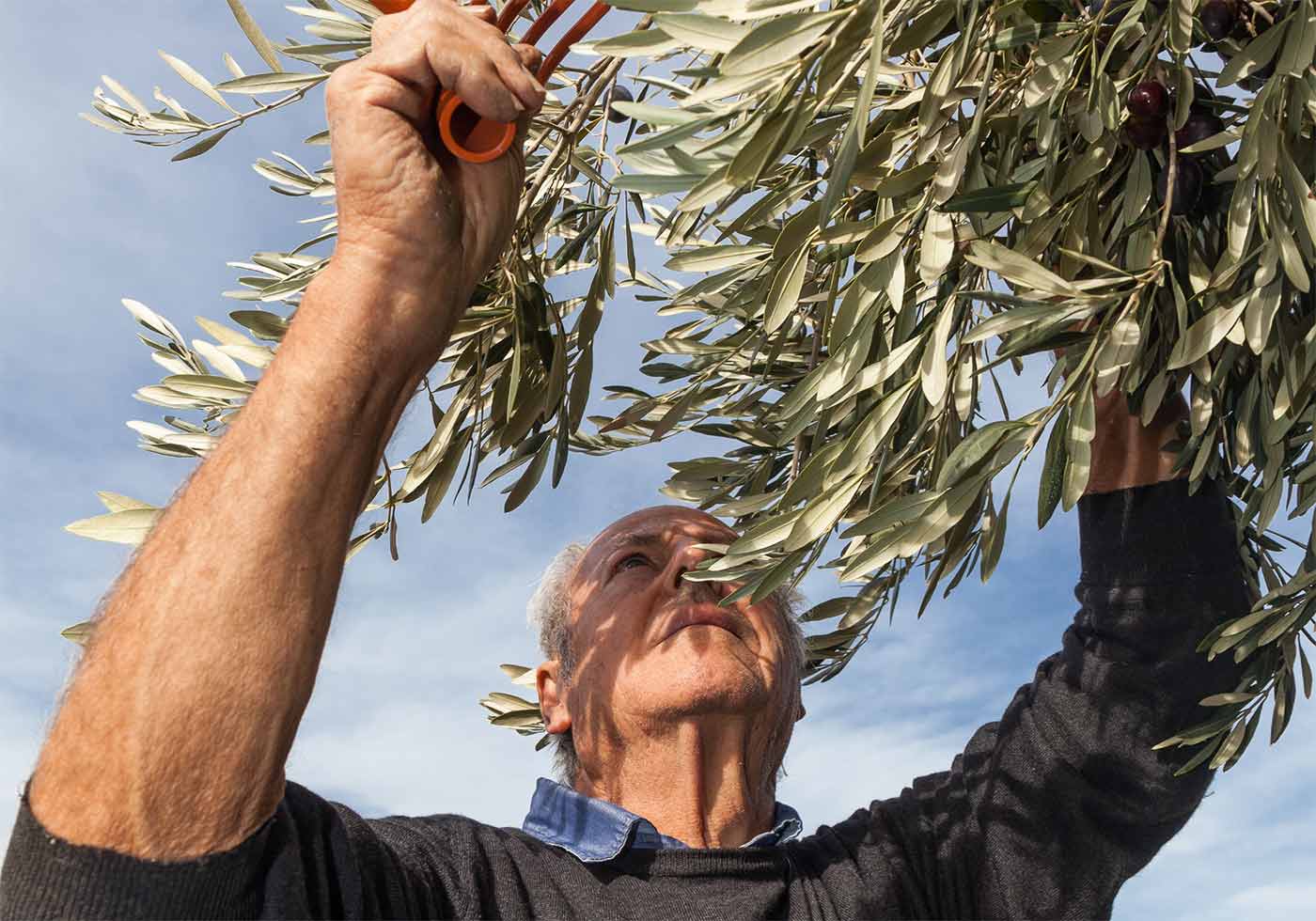
The high quality oil
High-quality olive oil is a culinary treasure, revered for its rich flavors, health benefits, and versatility in the kitchen. Whether you’re drizzling it over a salad, using it as a cooking medium, or simply dipping bread into it, choosing the right olive oil can elevate your dishes to new heights. This guide will help you understand what makes olive oil high quality, how to select it, and how to best appreciate its unique characteristics.
Characteristics of High-Quality Olive Oil
Extra Virgin Olive Oil (EVOO)
- Definition: Extra virgin olive oil is the highest quality olive oil, obtained from the first pressing of fresh olives using mechanical means without the use of heat or chemicals.
- Flavor: It has a rich, robust flavor with a balance of fruitiness, bitterness, and pungency. The taste can vary from mild and buttery to bold and peppery, depending on the variety and growing conditions of the olives.
- Aroma: High-quality EVOO has a fresh, fruity aroma reminiscent of freshly cut grass, green apples, or tomatoes.
- Color: The color can range from deep green to golden yellow, but color alone is not an indicator of quality.
Chemical Composition
- Acidity Level: The free acidity of EVOO must be below 0.8%. Lower acidity levels often indicate fresher, higher-quality oil.
- Peroxide Value: Indicates the extent of primary oxidation. High-quality EVOO should have a low peroxide value, usually less than 20 milliequivalents of oxygen per kilogram.
- Polyphenols: These are natural antioxidants that contribute to the oil’s bitterness and pungency. High levels of polyphenols are a sign of high-quality, fresh olive oil.
Certification and Authenticity
- Certification Seals: Look for certification seals from reputable organizations such as the International Olive Council (IOC), European Union (EU PDO/PGI), or the California Olive Oil Council (COOC). These seals indicate that the oil meets stringent quality standards.
- Traceability: High-quality olive oils often provide information about the olive variety, harvest date, and production region. Traceability ensures authenticity and helps consumers make informed choices.
Selecting High-Quality Olive Oil
Read the Label
- Harvest Date: Fresher oil is better. Look for the harvest date on the label and choose oils that are less than 18 months old.
- Origin: Single-origin oils are often of higher quality than blended oils. The label should indicate the specific region or estate where the olives were grown and processed.
- Variety: Knowing the olive variety can give you insight into the oil’s flavor profile. Common high-quality varieties include Arbequina, Picual, Koroneiki, and Frantoio.
Packaging
- Dark Bottles: High-quality olive oil should be packaged in dark glass bottles or tins to protect it from light, which can degrade the oil.
- Sealed Containers: Ensure the bottle is well-sealed to prevent exposure to air, which can cause oxidation and rancidity.
Price
- While price is not always a definitive indicator of quality, extremely cheap olive oil is often lower in quality. Investing in a moderately priced to premium bottle usually ensures better quality.
Storing High-Quality Olive Oil
- Keep it Cool: Store olive oil in a cool, dark place, away from heat sources like stoves or direct sunlight. The ideal storage temperature is between 57°F (14°C) and 65°F (18°C).
- Seal Tightly: Always keep the bottle tightly sealed to prevent air exposure.
- Use Quickly: High-quality olive oil is best enjoyed fresh. Aim to use it within six months of opening for optimal flavor and health benefits.
Appreciating High-Quality Olive Oil
Tasting
- Pour a Small Amount: Pour a small amount of olive oil into a glass.
- Warm the Oil: Cup the glass in your hands to warm the oil slightly, releasing its aromas.
- Smell: Inhale deeply to appreciate the fresh, fruity aroma.
- Taste: Take a small sip and allow the oil to coat your mouth. Note the initial taste, bitterness, and peppery finish. High-quality EVOO should have a complex, balanced flavor profile.
Pairing with Food
- Salads and Vegetables: Drizzle EVOO over fresh salads, steamed vegetables, or roasted vegetables to enhance their natural flavors.
- Bread and Dips: Enjoy EVOO as a dip for crusty bread or as a base for dips like hummus or pesto.
- Cooking: Use EVOO for sautéing, roasting, or grilling. Its high smoke point makes it suitable for most cooking methods.
- Finishing Touch: Add a final drizzle of EVOO to soups, pasta dishes, or grilled meats to elevate their taste.
Conclusion
High-quality olive oil is a versatile and nutritious addition to any kitchen. By understanding its characteristics, selecting the best bottles, and appreciating its unique flavors, you can make the most of this precious ingredient. Whether you’re a seasoned olive oil connoisseur or just beginning to explore its benefits, high-quality olive oil is sure to enhance your culinary experiences and contribute to a healthier lifestyle.
Lorem ipsum dolor sit amet, consetetur sadipscing elitr, sed diam nonumy eirmod tempor invidunt ut labore et dolore magna aliquyam erat, sed diam voluptua. At vero eos et accusam et justo duo dolores et ea rebum. Stet clita kasd gubergren, no sea takimata sanctus est Lorem ipsum dolor sit amet. Lorem ipsum dolor sit amet, consetetur sadipscing elitr, sed diam nonumy eirmod tempor invidunt ut labore et dolore magna aliquyam erat, sed diam voluptua. At vero eos et accusam et justo duo dolores et ea rebum. Stet clita kasd gubergren, no sea takimata sanctus est Lorem ipsum dolor sit amet.
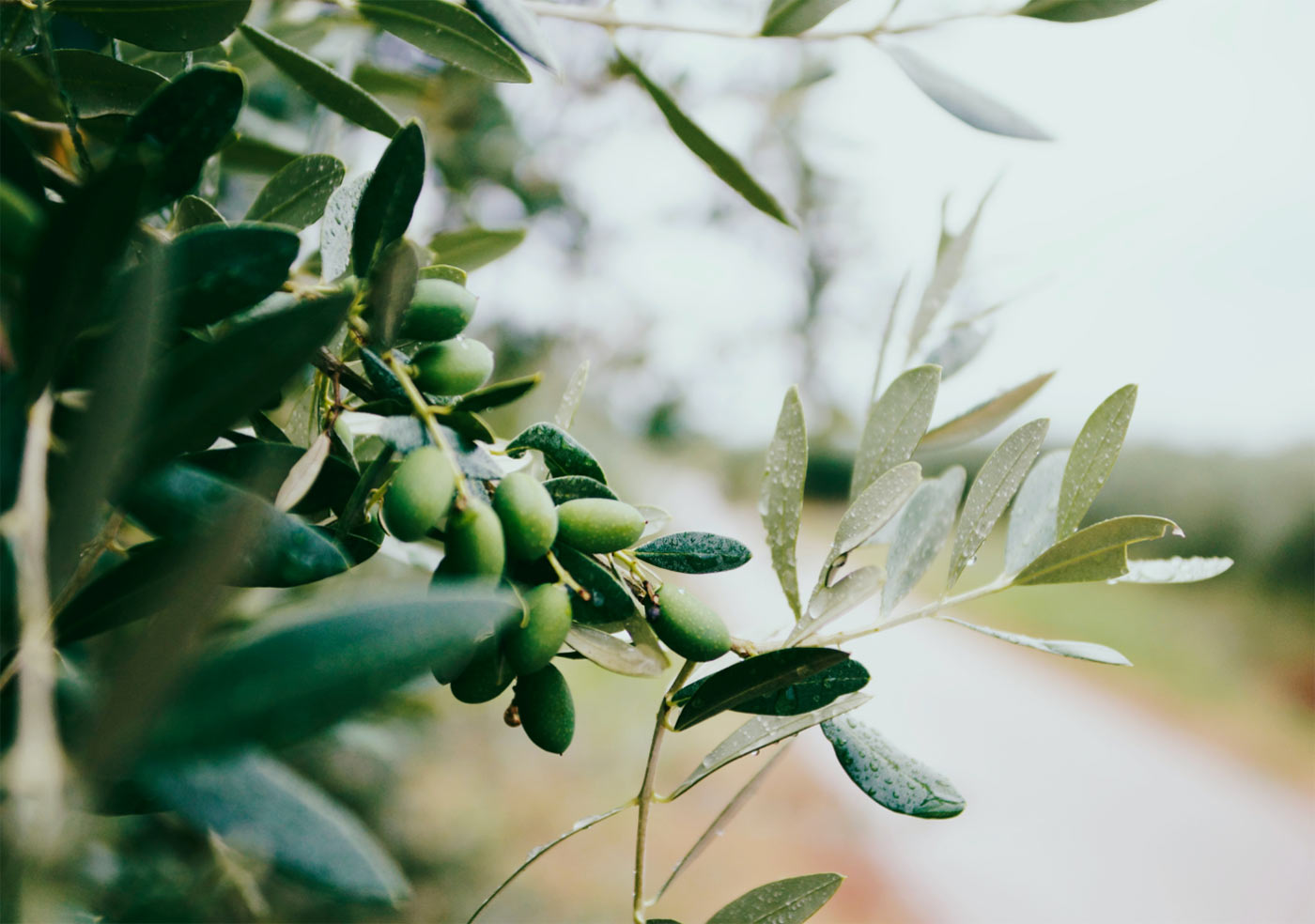
"Olive Oil Field Norway"

"Olive Oil Field Finland"
“The team is part farmer, part archaeologist, always full of enthusiasm to inspire emotions through fragrances and flavors.”
Related Posts
Antioxidant in olive oil
Olive oil, especially extra virgin olive oil (EVOO), is renowned for its rich content of antioxidant
Trying the new olives
Sampling new olives, whether they’re fresh off the tree or recently cured, can be a delightful exp
Never waste your oil
Olive oil is a versatile and valuable ingredient in any kitchen, renowned for its flavor, health ben

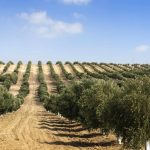
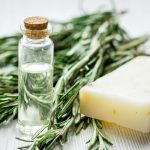
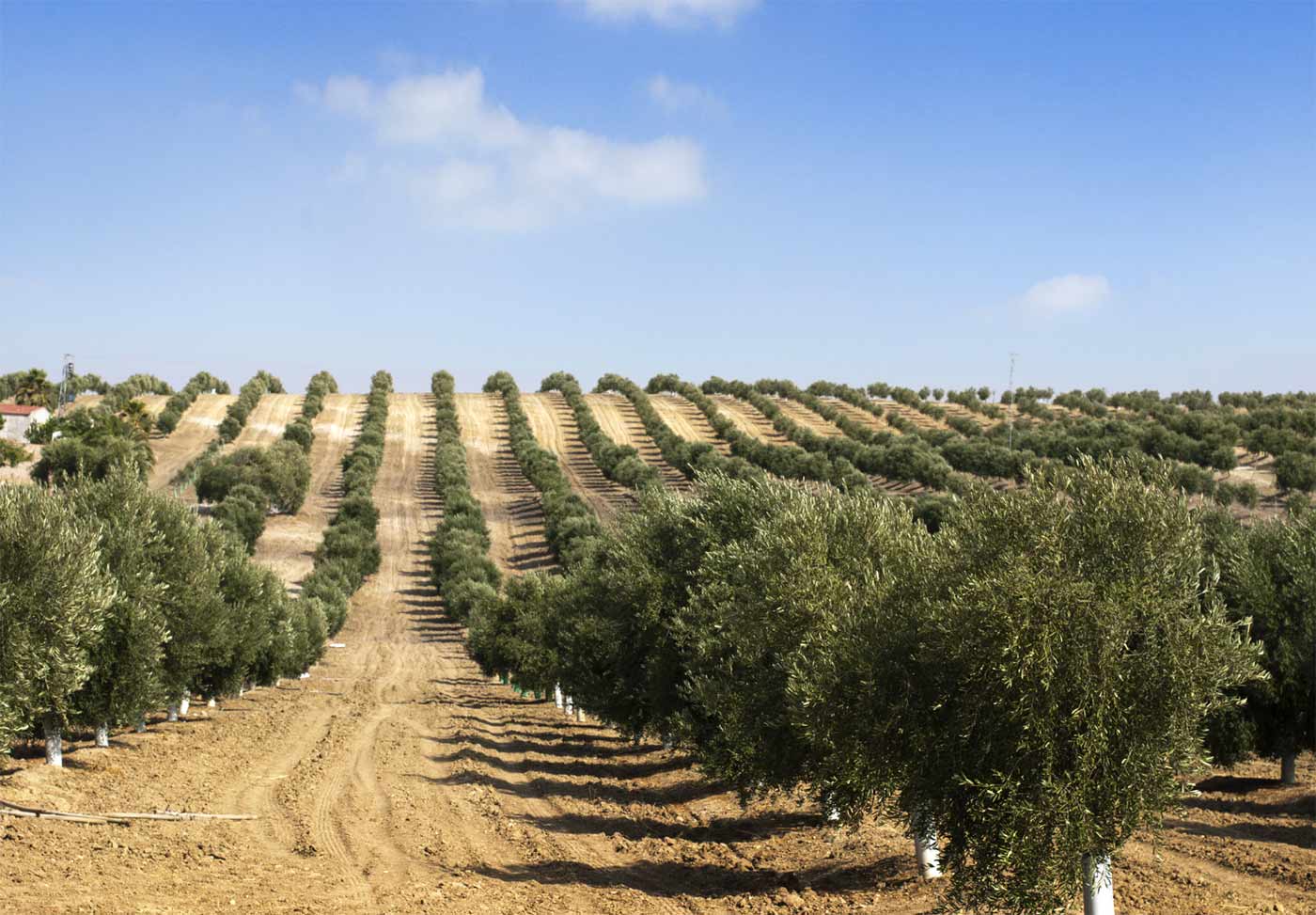
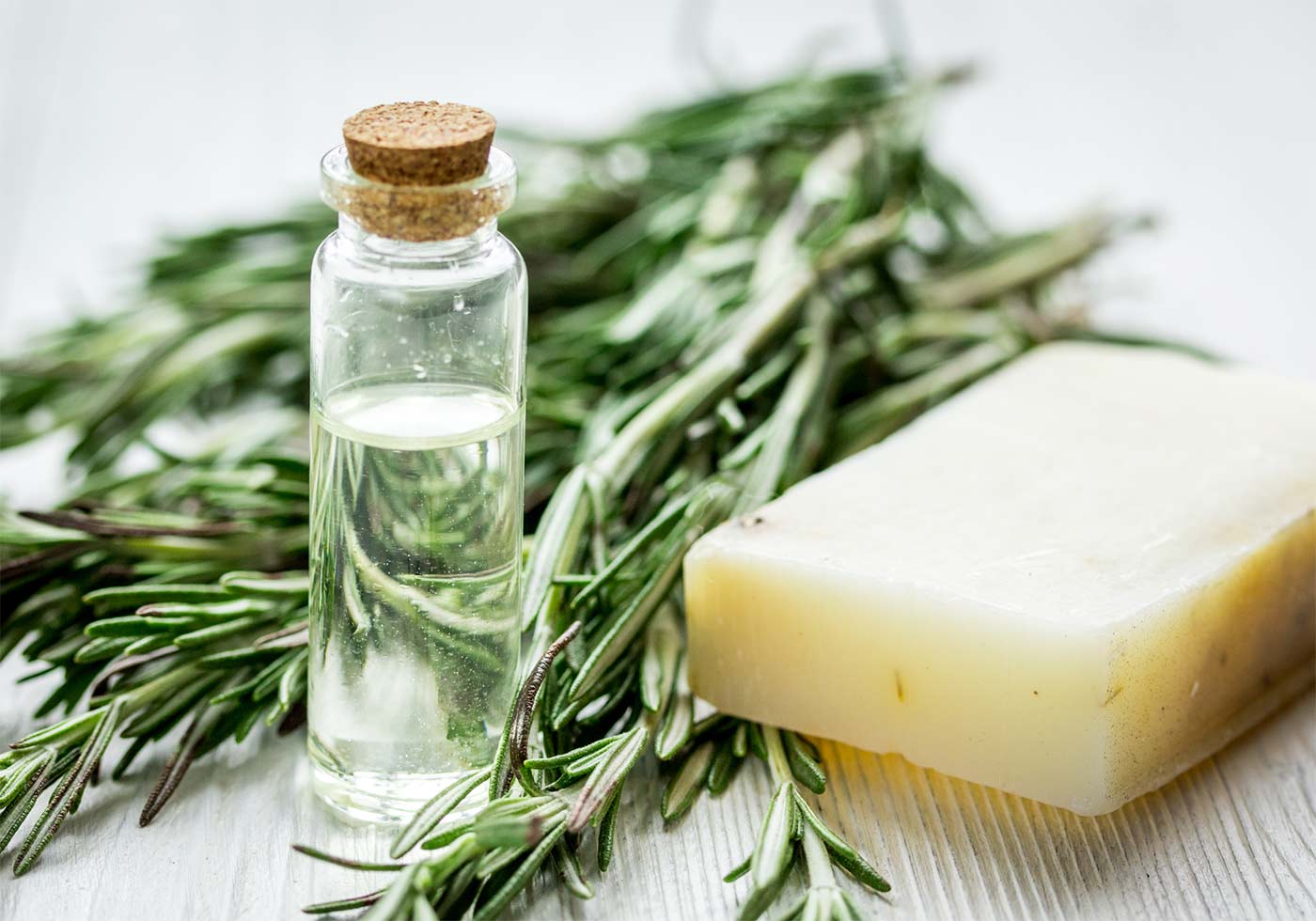

Leave a Reply